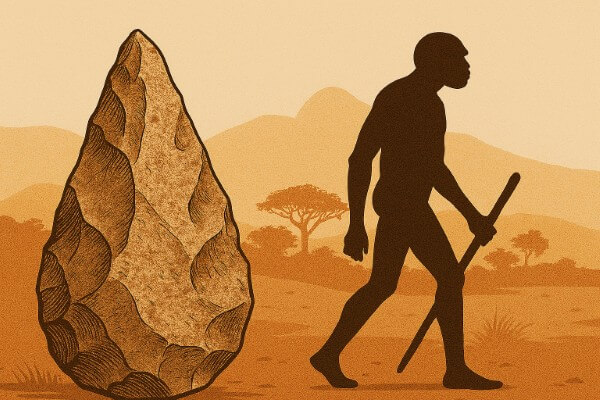
The Early Stone Age (ESA) of Southern Africa marks a critical phase in human evolution, spanning over 2 million years ago until around 200,000 years ago. This period is characterised by the transition from tree-dwelling australopithecines to early members of the genus Homo, who developed bipedal locomotion, larger brain sizes, and the first stone tools. Southern Africa played a pivotal role in these developments, serving as one of the key centres of hominin evolution and technological innovation.
Studying the ESA provides profound insights into human evolution, technological innovation, and the development of social organization. The tools and fossils from this era illustrate how early humans adapted to their environment, laying the foundation for later cultural and technological advancements in the Middle and Late Stone Age.
Studying the ESA provides profound insights into human evolution, technological innovation, and the development of social organization. The tools and fossils from this era illustrate how early humans adapted to their environment, laying the foundation for later cultural and technological advancements in the Middle and Late Stone Age.
Skill Level: Beginner
Co-Curricular Activity Category: Environmental Awareness